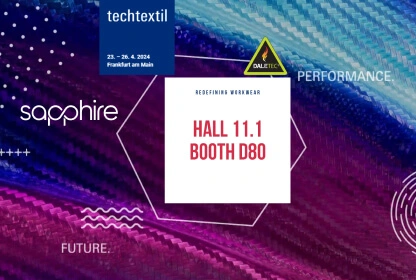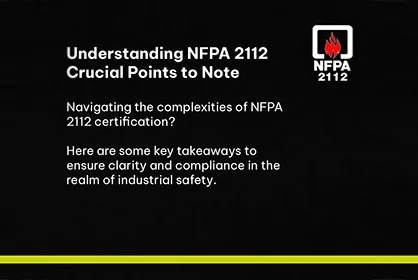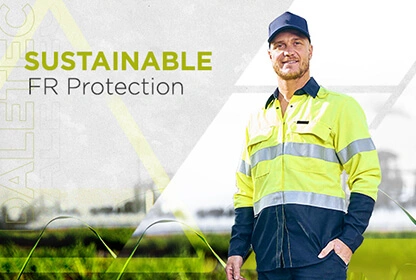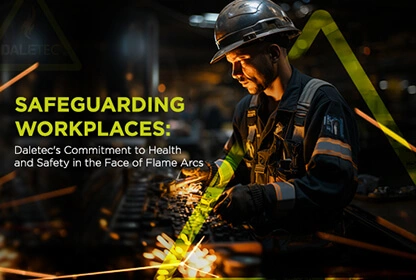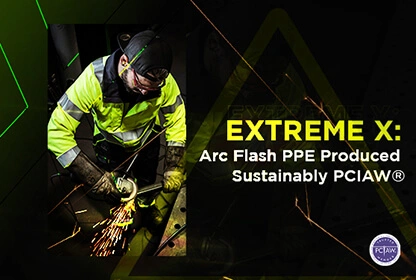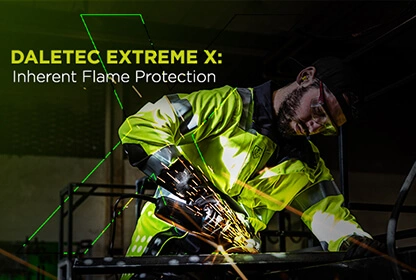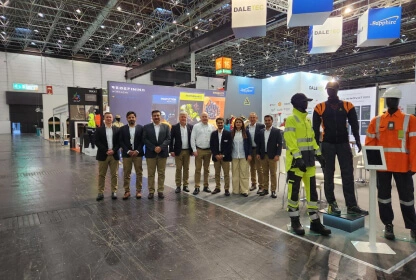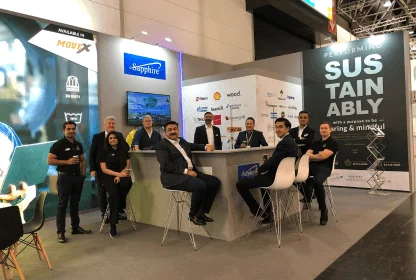September 25, 2018
News & Media
What protective measures to be taken in fire retardant fabrics to minimize the impact of heat stress?
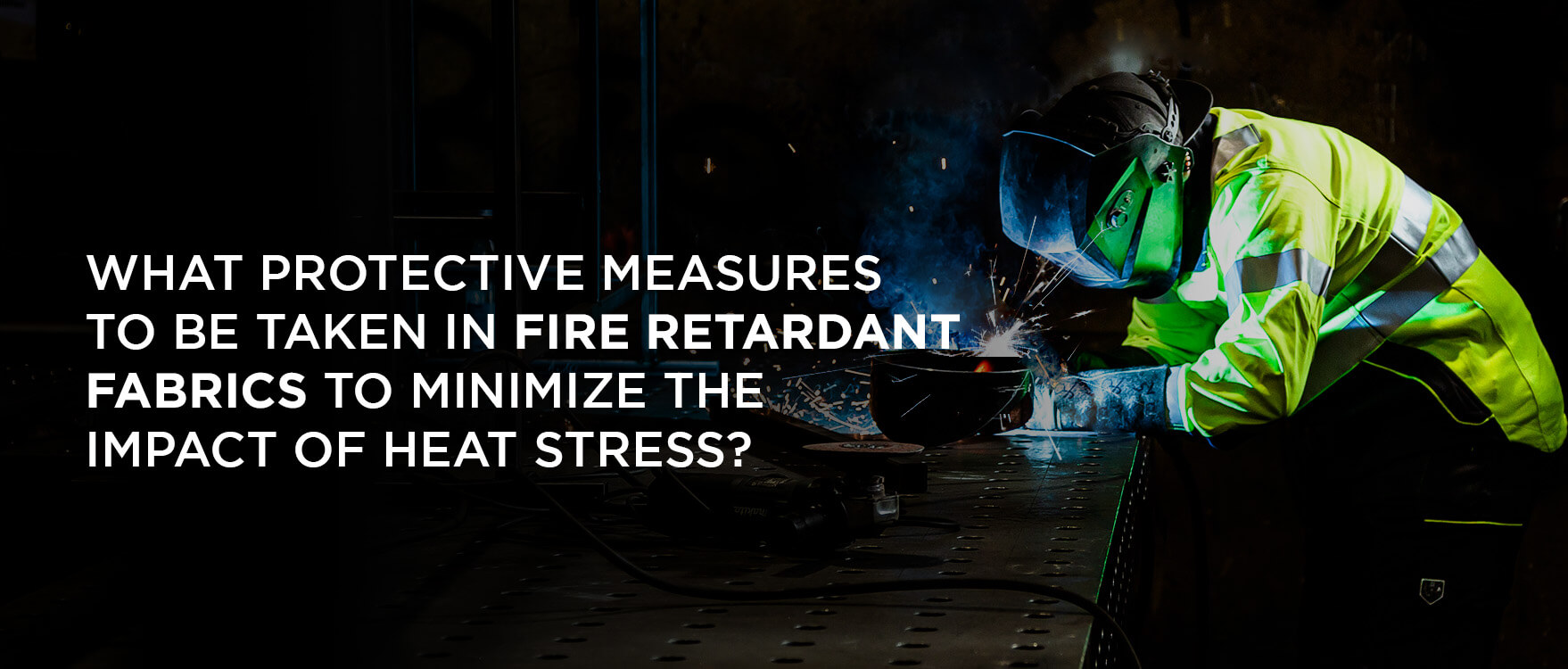
As part of managing the health and safety of your company, you have to control the risks in the workplace. To do this, you need to think about what might cause harm to people and decide whether you are taking reasonable steps to prevent that harm. This is known as risk assessment and it is something you are required by law in most countries to carry out.
You are probably already taking all the necessary steps to protect your employees, but your risk assessment will help you decide whether you have covered for potential hazards at work place. Evaluate how accidents and health risk could happen and concentrate on real risks – those that are most likely to happen and which will cause the most harm.
For some risks, regulations require particular control measures. Like the use of flame retardant workwear. The use of protective clothing in modern world is now more or less an integral part as a safety measure to address the potential work place risks caused by heat.
You often evaluate the protective clothing according to the fire hazard in the work place, and equip your work force accordingly, even if the risk of a fire/flame accident is very unlikely to happen.
Even the slightest chance of a fire/flame accident makes it extremely important for the companies to use workwear made of fire resistant fabric, because the potential fatal consequences of such an injury.
Majority of the PPE managers are aware that more people collapse or even die of heat stress at work rather than flash fire accidents so they need to select appropriate protective gear in consideration of this aspect.
Heat stress occurs when the body’s capability of controlling its internal temperature starts to fail.External factors that you mostly cannot influence yourselves; air temperature, exposure to direct sunlight, humidity, the heated environment in a work site, may lead to heat stress. Other factors such as work rate, and protective fabrics in garments worn while working can also contribute to heat stress.
The body reacts to heat by increasing the blood flow to the skin’s surface and by sweating.This results in cooling as sweat evaporates from the body’s surface. Workers wearing protective clothing and performing heavy work in hot and humid conditions could be at risk of heat stress since evaporation of sweat is controlled by the type of clothing and also because of the humidity of the environment.
Heat will be produced within the body due to the work rate and if insufficient heat is lost, core body temperature will rise.When the core body temperature rises the body reacts by increasing the amount of sweat produced and this could lead to dehydration.
Heart rate also increases which puts additional strain on the body. If the body is gaining more heat than it can lose the deep body temperature will continue to rise. Eventually it reaches a point when the body’s control mechanism itself starts to fail.
This can again lead to a heat stroke. Heat stroke occurs when the core body temperature rises above 40.5C and the body’s internal systems start to shut down. There can be liver, kidney, muscle and heart damage and very often, the person’s nervous system is affected, resulting in delirium, coma or seizures.
The skin may be dry with no sweating and a person may stagger, appear confused, dizzy, collapse and become unconscious. Every minute of delay in cooling a person with heat stroke increases the likelihood of permanent injury or death.
The following can help you avoid heat-related illness:Drink water, lots of it:By the time you feel thirsty your body is already dehydrating, so drink lots of water and keep your fluids intake on check even if you do not feel thirsty.
Working clothes: Lose, light-weight clothing helps your body stay cool. Light-coloured clothing reflects heat and sunlight, wearing light colors (if possible) in your work environment will be helpful.
Cool off: Take a cool shower or bath if you are feeling hot and flustered. Avoid exposure: Stay out of the sun if possible. If not, wear a shirt, hat, sunglasses and sunscreen. Otherwise sunburn will affect your body’s ability to cope with the heat.
Seek air conditioning to cool off: If you don’t have air conditioning try to stay in the shadow.Fans will also help you stay cool.If your co-workers are suffering heat stress, call for help immediately:Symptoms of heat stress could also include extremely heavy sweating, headache and vomiting,confusion, swollen tongue.
In many jobs heat stress is an issue faced by workers all the year (such as foundries and smelting operations), but it is also applicable during the hot summer months where there may be an increased risk of heat stress from outside as well.
With the passage of time, people adapt to warm conditions by sweating more and by changing their behavior to try to cool down, taking cool drinks, fanning themselves, sitting in the shade or a cool area, and/or reducing their work rate.
Most employers would like their employees to have a high work rate and be an effective worker.Therefore, an effective variable factor for preventing heat stress is the right selection of the workwear fabric. In the oil and gas industry, the only alternative for making suitable workwear is by using flame retardant textiles.
Both national and international standards for work wear have an absolute demand that the garments used by workers are made of flame retardant fabric. It is listed in the NFPA 2112 (standard on flame-resistant clothing for protection of industrial personnel) the (ISO 11612 (Protection against heat and flame) the ISO 11611 (protective clothing for use in welding andallied processes) and the IEC 61482 (Protective clothing against the thermal hazard of an electric arc).
FR fabric suppliers needs to test and certify their flame retardant fabric according to required standards. But none of these standards take much notice of anything else than the protection rate of the fabric. They all list protection criteria such as that is for protection against heat, flame, radiation heat, contact heat, and for decades as a rule of the thumb, the understanding has always been; that the thicker the fabric the better the protection level.
This means flameproof fabric and heat resistant fabric which are thicker, will be performing better than other light weight fabrics. This means that heats stress is more likely to happen if you need this kind of protection.
Daletec being a leading flame retardant fabric producer for more than six decades has always been focusing on finding suitable solutions to these problems. Daletec has been inventing and developing flame-resistant fabrics specially engineered to give workers the best possible protection even at low fabric weights.
In the engineering of these light weight flame retardant fabrics, the focus has been to achieve light weight, soft and comfortable fabrics that gives a high level of protection against flash fire,electric arc, or both. To name a few of Daletec light-weight fabrics are Modamid ArcLite 862051 and Modamid Air 862151, offering best protection even in lighter weights as 195gsm (5.75Oz)and 210gsm (6.20Oz).
Engineering a flame retardant fabric to protect against a flash fire, is different from engineering a flame retardant fabric to protect against an electric arc. In addition, engineering a flame retardant fabric that is offering good protection against both, is truly a challenge.
It involves innovative thinking, in the pre-engineering process, when it comes the choice of fibers and/or chemistry, finding the right spinning and weaving method in order to keep the fabric both voluminous, strong, durable and comfortable.
Daletec has been successful in the light weight fire retardant fabric range, but R&D department is still focusing in improving and developing other flame retardant fabric solutions even in lighter weights and more protective fabrics, for the benefit of our customers and end-users.


